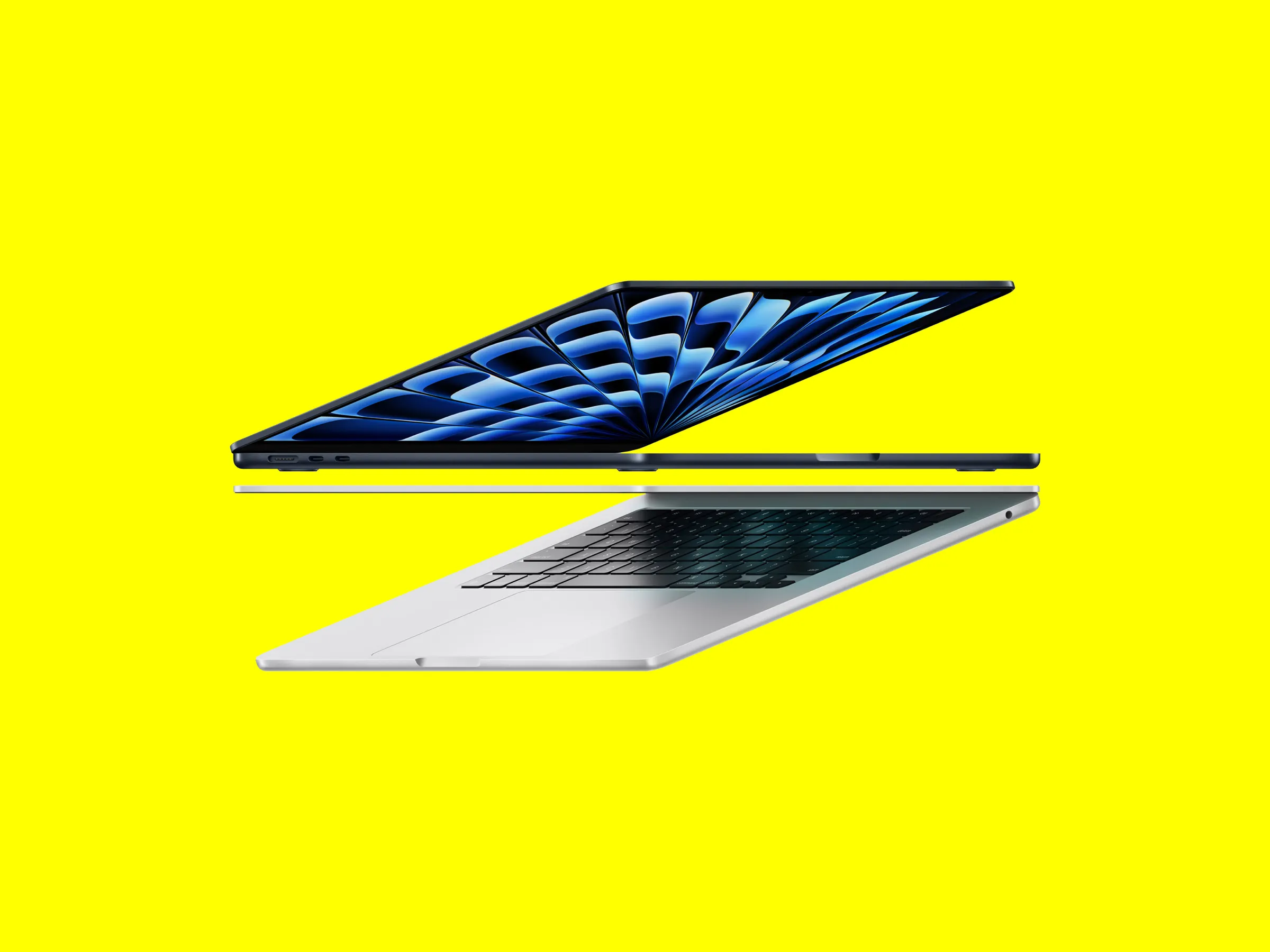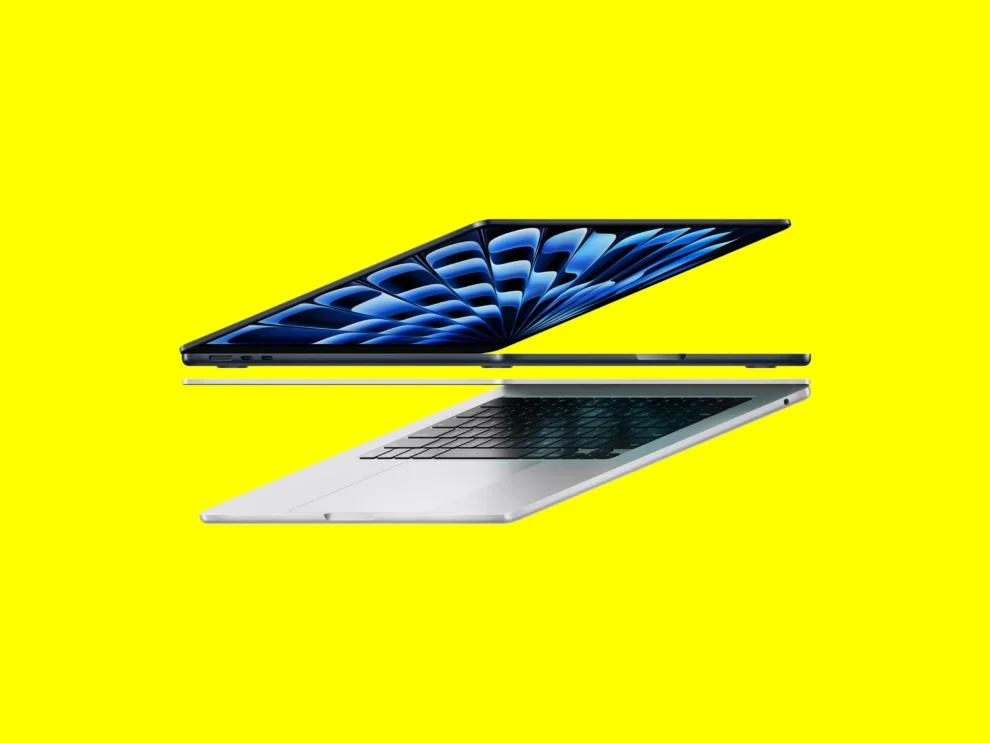The tech world is abuzz with the recent unveiling of Apple’s M3 chip, marking a significant leap in computing performance and efficiency. With the first benchmark results now available, the MacBook Air equipped with the M3 chip demonstrates Apple’s continuing commitment to pushing the boundaries of what’s possible in personal computing.
Key Highlights:
- The M3 chip delivers a substantial performance boost, with benchmark scores indicating a 20% speed increase over the M2 chip.
- Apple’s move to 3-nanometer technology enhances both speed and efficiency, setting new standards for the industry.
- Features such as hardware-accelerated ray tracing and mesh shading are introduced, promising a revolutionary graphics experience.
- Environmental sustainability is emphasized, with the M3 chip contributing to Apple’s goal of net-zero climate impact by 2030.

A Closer Look at the M3 Chip
Innovative Architecture and Performance Gains
Apple’s M3 chip represents the forefront of chip technology, built using groundbreaking 3-nanometer process technology. This allows for more transistors in a smaller space, significantly boosting speed and efficiency. The M3 chip boasts performance cores that are 30% faster and efficiency cores 50% quicker than its predecessor, the M1 chip. The new architecture also introduces a next-generation GPU, making graphics-intensive tasks smoother and more realistic.
Benchmark Revelations
The Geekbench results for the M3 chip have been eagerly anticipated and do not disappoint. Scoring around 3,000 for single-core and 11,700 for multi-core, the M3 chip outpaces the M2 by up to 20%, substantiating Apple’s performance claims. These scores herald a new era of computing power, especially for devices like the MacBook Air that balance portability with performance.
Technological Advances and Environmental Commitment
Beyond performance, the M3 chip brings advanced features such as hardware-accelerated ray tracing and mesh shading to the Mac for the first time. These technologies promise enhanced rendering speeds and more immersive graphics experiences. Apple also underscores its commitment to environmental sustainability, with the M3 chip playing a key role in achieving the company’s carbon neutrality goals.
The introduction of the MacBook Air with the M3 chip is more than just a routine upgrade; it’s a significant milestone in computing technology. Apple’s push towards more efficient, powerful, and environmentally friendly computing is evident in the M3 chip’s design and capabilities. The benchmark results provide a tangible measure of the chip’s superiority, promising users a blend of unmatched performance and sustainability. As technology continues to evolve, the M3 chip sets a high bar, redefining what users can expect from their devices in terms of speed, efficiency, and graphics performance.
With each new release, Apple continues to challenge the status quo, and the MacBook Air with the M3 chip is no exception. It represents not just an evolution but a revolution in personal computing, offering a glimpse into the future of technology that is faster, more efficient, and more sustainable.


















